No products in the basket.
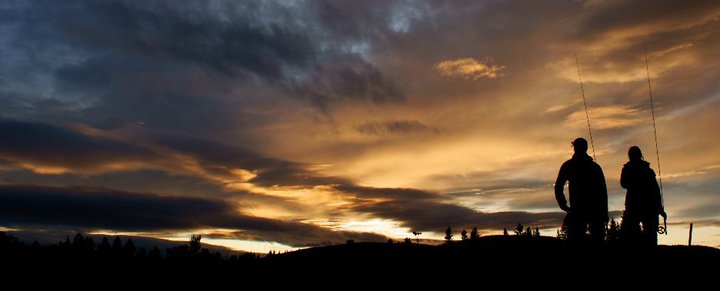
On the day set for the first outing, the same dilemma always arises: to go or to postpone? Personally, I have always based my decision on the weather conditions. If bad weather rages, it is better to stay at home; if the weather is uncertain or favourable, one can try, also assessing the water level, which should be in the normal range, with clarity varying from clear to opaque. Every season opening presents different scenarios: some are similar, but never identical. It is therefore essential to know how to best interpret the situation and choose the most effective strategies, from the right equipment to the most suitable lures.
An important aspect, which will be mentioned several times, concerns the concept of average water level. When I speak of this parameter, I am referring to the average depth of a watercourse under standard conditions or slightly above the seasonal norm. For example, if a stretch has a hole one metre deep and a shallower part of thirty centimetres, the average level will be around sixty-five centimetres. On the other hand, I do not consider extraordinary situations, such as torrential rain, melting snow or artificial dam adjustments, because in those cases fishing could be ineffective and unpleasant.
After the long winter, trout tend to settle in quieter areas: they can be found along slower current stretches, near river edges, near natural obstacles such as rocks and submerged logs, and also in deeper holes. However, when the sun comes out, they may approach shallower areas in search of warmth.
The most favourable time of day for fishing is generally between 11 a.m. and 3 p.m., although the ideal time may vary depending on weather conditions. It is essential to be ready for this interval, as this is when trout become more active due to the slight rise in water temperature. The warmer the water, the longer their period of activity will last, thus increasing the chances of a successful fishing trip.
Nevertheless, at the beginning of the season, the most effective techniques remain those practised underwater: streamer, nymph and drowned fly. Trout, still not very active after the winter cold, tend to stay close to the bottom, along the edges or in depressions in the bottom. It is therefore essential to fish slowly and close to resting areas.
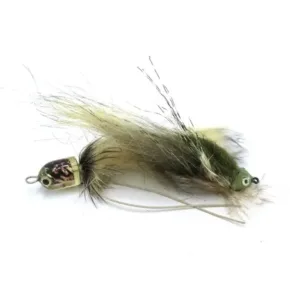
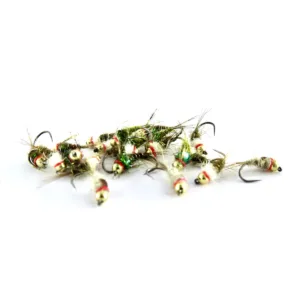
16-20.
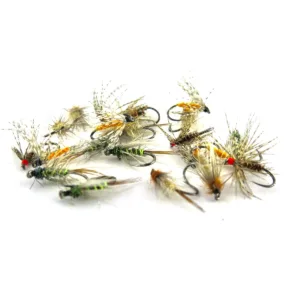
When insect hatching occurs, trout become more active and feed more intensively, making the submerged fly an excellent option. This technique also makes it possible to quickly explore larger areas and detect more reactive fish.
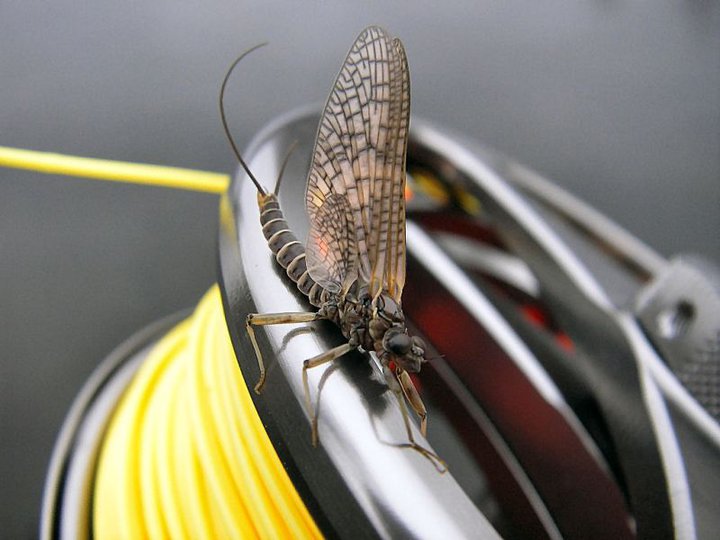
Start by checking the condition of the rat tails: wash and grease them if necessary to improve their smoothness. If you have old tails, do not discard them immediately: they may still be useful for submerged fishing. For streamer fishing, it is advisable to use WF (Weight Forward) lines, which make casting easier and improve the handling of the bait in the current.
Also check the reels, verifying that the mechanism is smooth and well lubricated. If necessary, apply a fresh coat of grease to the moving parts. Also take advantage of this to replenish missing spools of line so that you always have the right terminal for every situation.
Moving on to the fly rods, make sure they are undamaged and in perfect condition for the first outings of the season. Some anglers buy their own flies, while many others prefer to make their own during the winter. In both cases, it is essential to check that the hooks are sharp and free of rust or damage to ensure safe ferreting.
Careful preparation of equipment is the first step to avoiding unforeseen events and optimising time spent fishing. Arriving on the river with everything in order allows you to concentrate exclusively on technique and trout, without unnecessary loss of time.
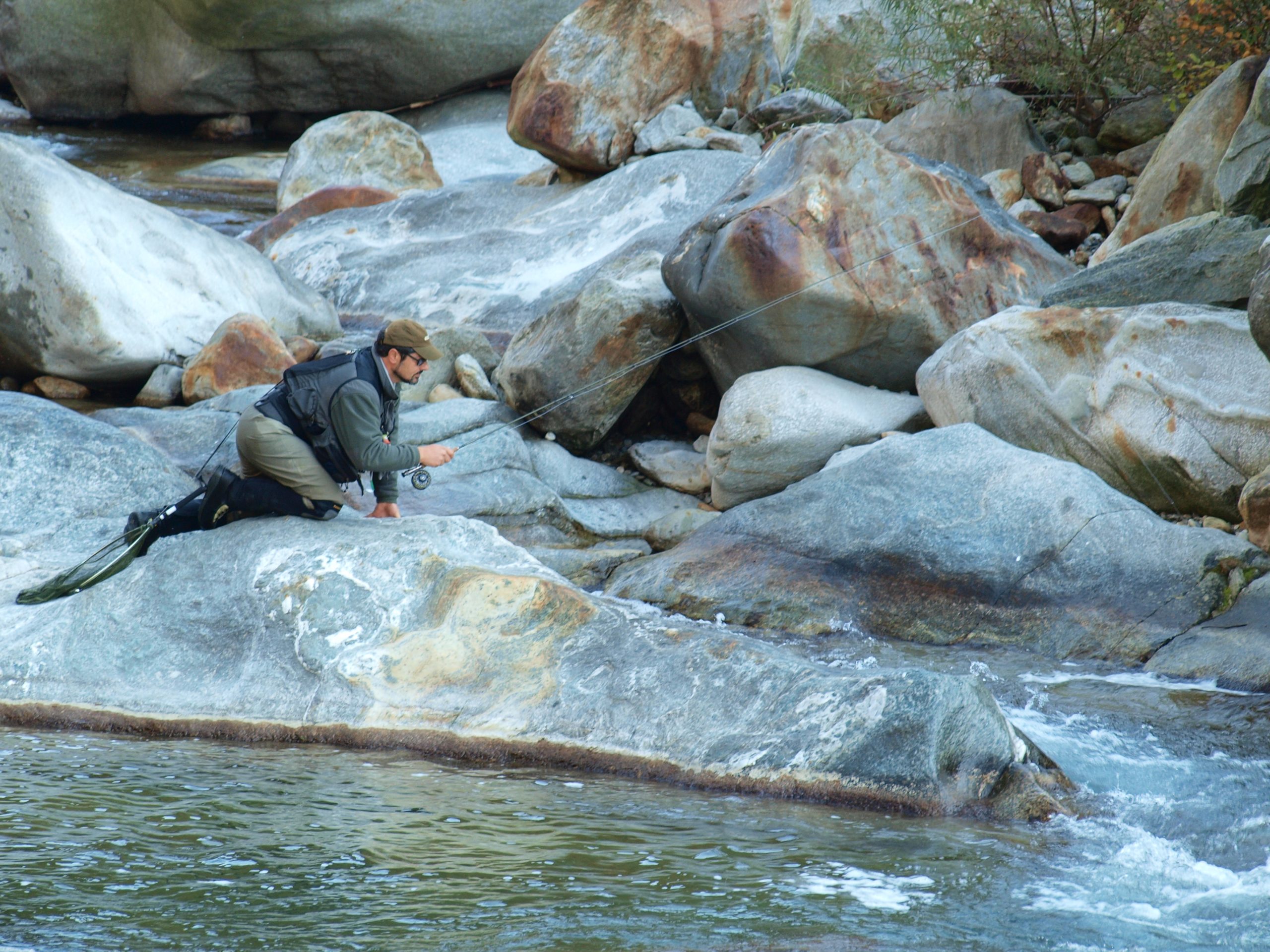
3/4
If the conditions for dry fishing arise, it is best to rely on:
As for the shades, the choice of colour must be inversely proportional to the clarity of the water:
If a good place is found, it is essential keep him quietavoiding sudden movements and unnecessary disturbances.
Slightly submerged flystart by probing the nearest areas with launches soft and quietprogressively enlarging the fishing area. The secret is the slownessThrowing repeatedly without a break is a mistake that risks driving fish away.
Avoiding dredgingA slight tension on the line is essential to give a natural animation to the flies and better perceive bites.
Nymph on sight or on the huntother valid techniques for flushing out the most apathetic trout.
If you notice any bollateIt is essential to carefully observe the size and colour of the hatching insect in order to choose the right imitation.
With careful preparation and a strategic approach, even mid-mountain streams can provide wonderful catches at the opening of the season.
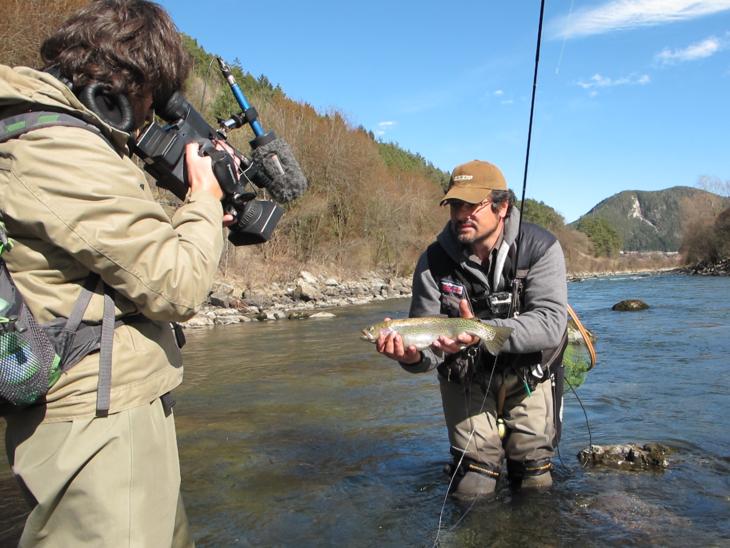
To get the most out of these waters, it is advisable to use a nine-foot barrelwith a tail of the four both the emerging fly and the dry fly, while for nymph fishing a 10' tail 2/3 is recommended.
If the last segment of the tailpiece does not stretch completely, it can be advantageous for fishing with emerging o surface nymphas it allows for gentler sinking.
To fish in depthThe weight of the imitation must be adapted to the current and depth conditions.
For the resurgencesexcluding flies huntinginstead favouring the emerging and the nymphswhich are best suited to the characteristics of these environments.
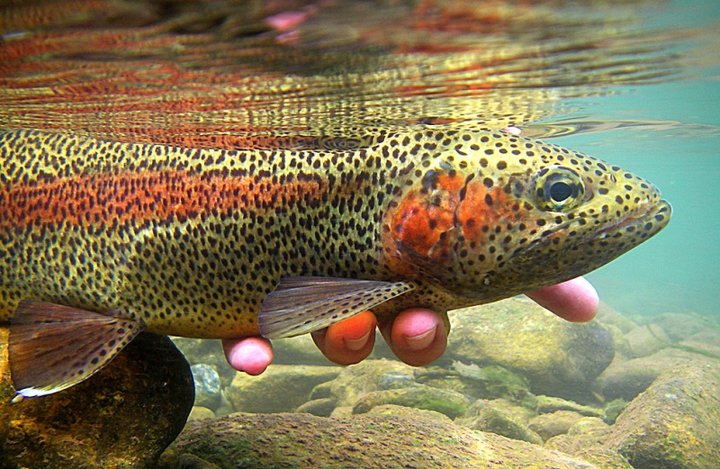
At the bottom of the page you will find the Comments! 😊 Here you can actively participate by leaving your opinion, asking questions or requesting further information and curiosities. I look forward to reading you!


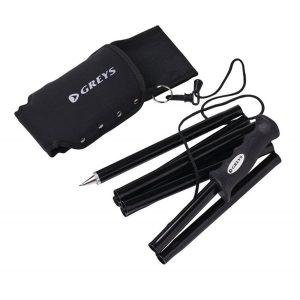


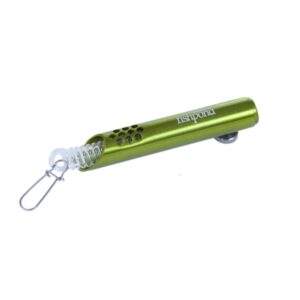















One Response
Thank you for reading this article! 😊 If you have any questions or would like to share your opinion, please leave a comment below. I'm curious to know what you think! 👇